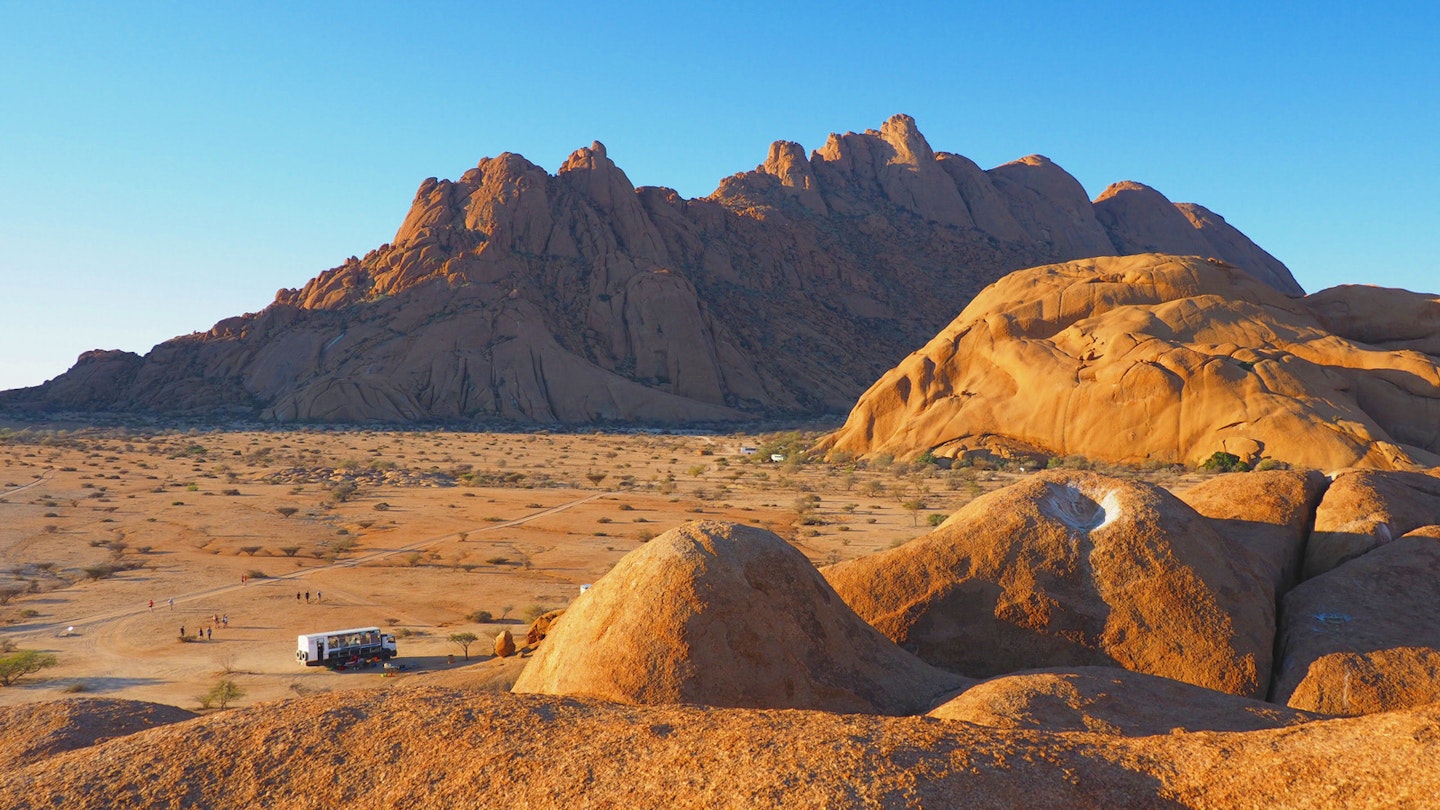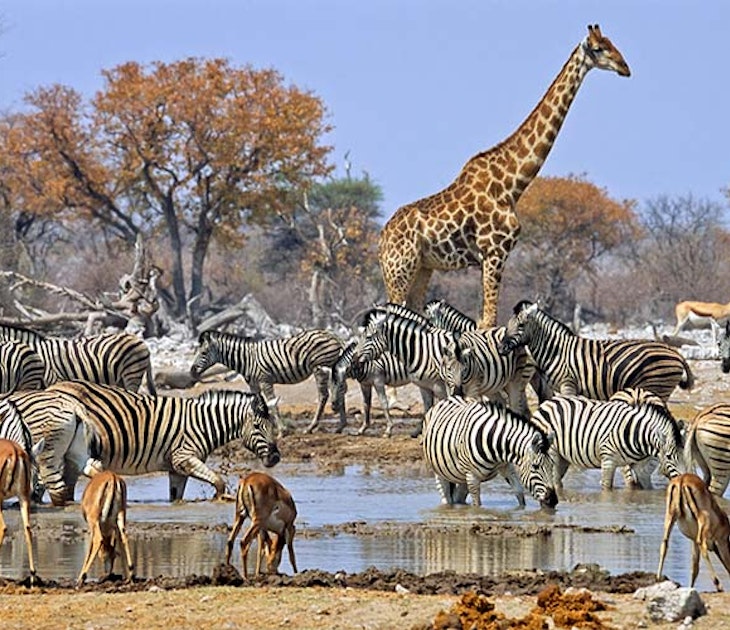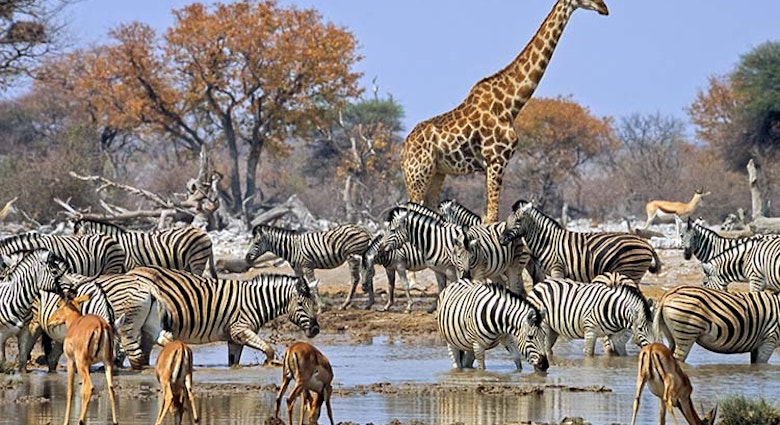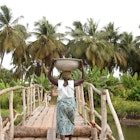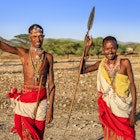Bumping across Africa in a converted lorry isn’t exactly luxurious, but overland tours provide an ideal way to visit corners of the continent that are difficult – not to mention expensive – to reach on your own. It’s not just for the gap year crowd either, with most companies catering to all ages, including families. But is an adventure on an overland tour for you? Here’s everything you need to know.
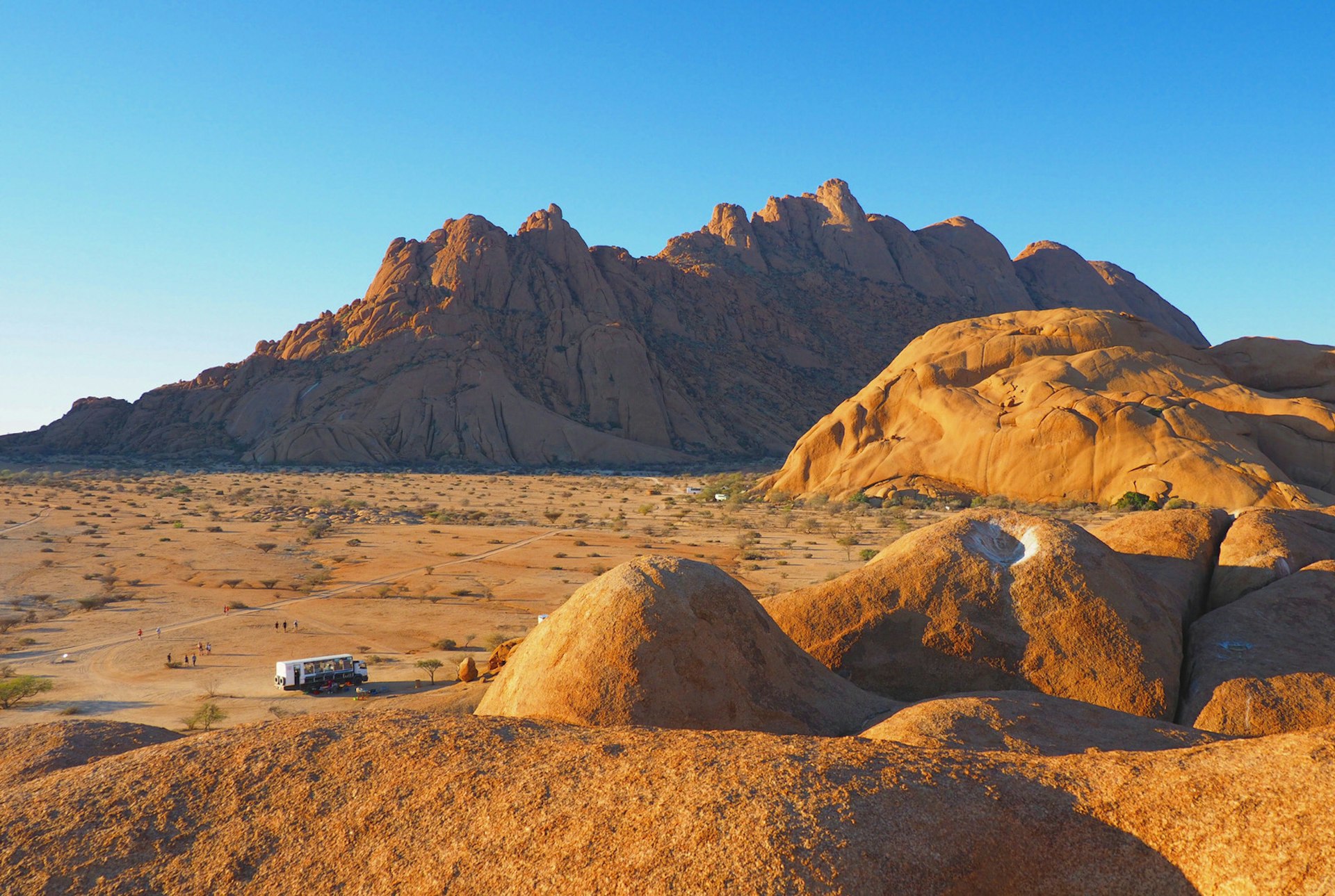
Overland tours rebooted
Compared to overlanding’s early days when tours were conducted in ex-army trucks with wooden bench seats, overland tours today are somewhat cushy. Purpose-built vehicles, carrying up to two dozen people, have coach-style seats, personal lockers, a fridge, charging points and a fold-away kitchen. You still camp, assist with the cooking, and learn to make peace with dust (everywhere), but it’s a manageable trip for anyone with a sense of adventure who is capable of pitching a tent. Many campsites also offer the opportunity to upgrade to a room.
Overlanding is still among the cheapest ways to visit Africa, and provides a great introduction to the continent for first-timers, with all the logistics taken care of: the tour leader handles things like national park entry permits and border crossings, while you enjoy the exquisite scenery.
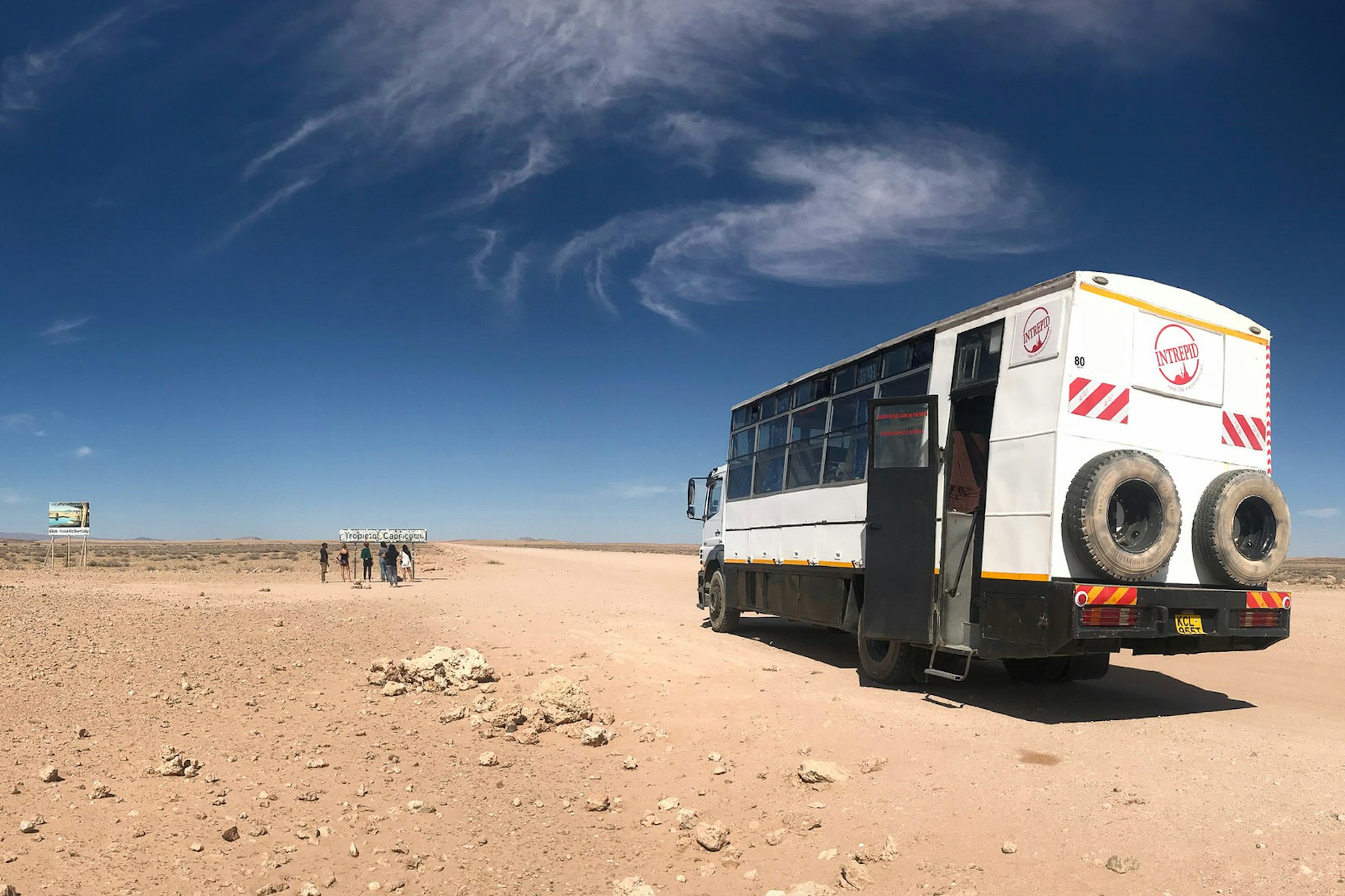
A typical day on the road
Although no two days are the same, there’s generally a pattern. Early starts are the norm, either because you have a long way to go, or you’re heading out on a dawn wildlife drive. Tents are usually required to be down before breakfast (tea and coffee, cereal, fruit, and a hot dish if you’re lucky).
Lunch is typically a packed sandwich on the truck, a fresh pasta salad whipped up at a roadside stop, or, if not included, a stop at a supermarket, with toilet breaks generally of the ‘wild wee’ variety. Upon rolling into camp (occasionally after dark), some of the party will be rostered to prepare dinner. During the evening meal, your tour leader will discuss the plan for the following day before the group heads off to bed, or enjoys a few beers around the campfire or at an onsite bar. Keep in mind that everything, from the weather and security issues to corrupt border officials, may force your driver to alter the programme – do not take your itinerary as gospel.
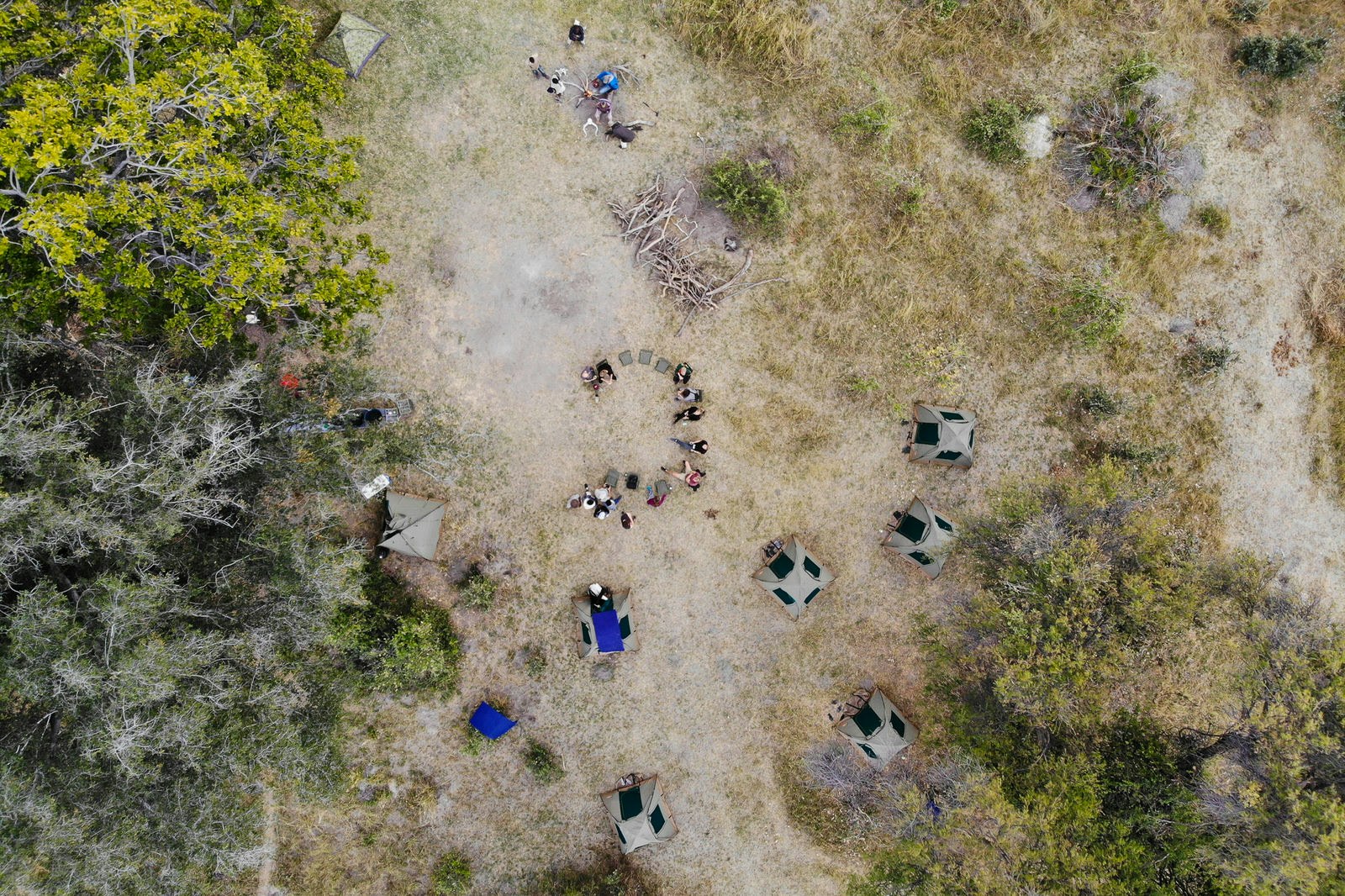
Camplife
Campsites in East Africa and Southern Africa are generally of a high standard, with hot showers, and usually a bar. Most offer wi-fi, but it is rarely free, or working. Some also have fancy facilities such as swimming pools, and a few are set in game farms or in or near national parks where elephants and hippo are known to wander into camp. There are some days, however, when campsites will have no facilities at all. On West Africa trips, these basic bush camps are more common – don’t forget to pack plenty of biodegradable wet wipes. In cities, accommodation is usually provided in hostels or cheap hotels.
Note that campsites in East and Southern Africa can get busy, with earplugs recommended.
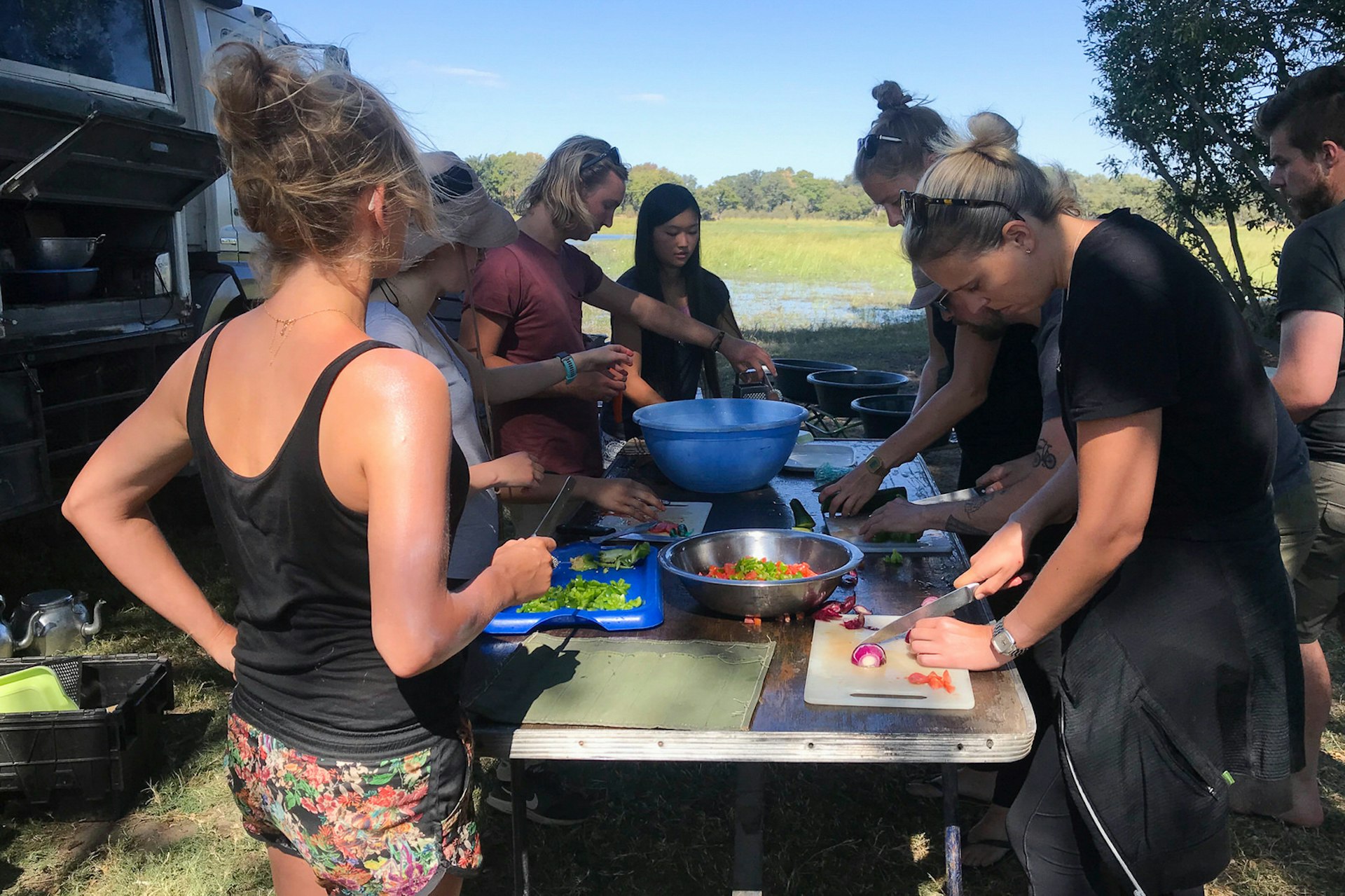
Packing hacks
Operator packing lists spell out the essentials, but to make the journey more comfortable, a pillow, a good book, and a fully-loaded music device are key – free, reliable wi-fi in campsites is rare, and purchasing local sim cards can be surprisingly expensive. Colds and other viruses tend to spread quickly in overland trucks, so it’s handy to have medication for common travel ailments on-hand, as well-stocked pharmacies can be few and far between. Healthy snacks can also be difficult to come by in some countries, so stock up in advance. You may also wish to bring a power bank to charge your devices in your tent.
Overland tour operators supply camp chairs and sleeping mats, but if you’re opting for a long trip or have a bad back, it’s worth bringing your own inflatable mat to layer over the one supplied.

Sustainable overland tours
Overlanding produces far less emissions than flying, but there are still plenty of ways you can further reduce your impact on the fragile ecosystems you pass through. Plastic can be minimised by filling your own reusable water bottle with treated water provided by operators, and using your own carry bag when shopping for supplies. You can also avoid adding to the worrying volume of toilet paper and wet wipes by the roadside by depositing yours in a reusable zip-lock bag, and emptying it into a bin at your campsite later on.
Child protection experts advise against visits to orphanages and schools en route, and don’t forget to ask permission before photographing locals. Visiting captive wildlife attractions, which have been linked to various animal welfare issues (check out the excellent documentary Blood Lions for a primer on Africa’s tragic ‘walk with lions’ industry), is also strongly discouraged by animal welfare experts. If you’d like to give back to the communities you visit, check if your itinerary matches up with a Pack For a Purpose drop-off point, or consider donating to a charitable foundation recommended by your operator. Some run their own, such the Intrepid Foundation, and G Adventures’ Planeterra Foundation.
Tipping explained
Africa has a strong tipping culture, so remember to bring small change (ideally in US$) to tip local guides (up to US$5 per person is sufficient). Tipping your tour leader, driver and cook at the end of the trip is also customary – most companies suggest each passenger contributes US$2-4 per staff member, per day. You should not feel obliged to tip, however, if the service provided is poor.
Choosing an operator
More than a dozen overland tour operators ply very similar routes across the continent, with cheaper itineraries typically indicating fewer included activities and meals (and attracting a younger, fun-loving clientele). Guides are typically from Kenya or South Africa (though sometimes from the UK, Europe or Australia), and have varying degrees of local knowledge, so it can be handy to bring a guidebook along, too.
Some operators still require a kitty or local payment (a compulsory payment of cash, on top of the tour price, by each traveller to pay for things along the way) which can bump up the total price significantly. Overland tour companies offering a happy medium of optional and included activities include Intrepid Travel, G Adventures, Dragoman, Absolute Africa, Acacia Africa and Nomad Africa, though this is by no means an exhaustive list. Check out the Lonely Planet Thorn Tree for independent feedback on the various companies, routes, and Africa overlanding in general.
Sarah Reid travelled with support from Intrepid Travel. Lonely Planet writers do not accept freebies for positive coverage.
https://shop.lonelyplanet.com/products/africa-travel-guide-14

